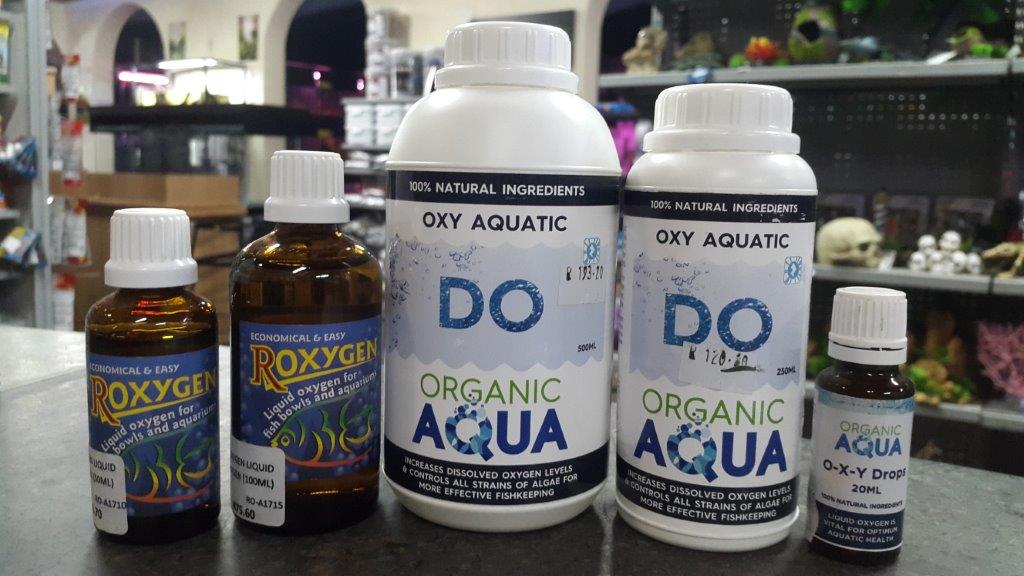 During the warm summer months we may have a spike in temperature in our aquarium and the consequences could be devastating.
During the warm summer months we may have a spike in temperature in our aquarium and the consequences could be devastating.
Thermometers should always be used for every aquarium, regardless of its size. Rapid, significant and frequent temperature changes throughout the day are stressful for fish and the preferred range for the beneficial bacteria in your aquarium is 18-29°C, at 35°C these bacteria may die which can lead to ammonia spikes. A thermometer will also ensure a faulty heater is discovered timeously.
Most species require higher temperatures for breeding and this can lead to unnecessary aggression between tankmates, especially with malawis and other cichlids.
Warm water speeds up the metabolism of your fish causing your fish to become more active and require more oxygen.
Warm water holds less dissolved oxygen than cooler water and is a vital consideration!
Fish will initially react to lower oxygen levels by simply moving around less; swim less, even eat less. As oxygen levels drop further, the fish begin to show labored breathing and more rapid gill movement as they as they try to get more oxygen from the water by passing more water through their gills. Eventually this can lead to possible gasping at the surface of the water (this is not be confused with fish feeding at the surface or fish that can normally take some air at the surface, such as labyrinth fish like bettas and gouramis).
Live plants use oxygen when not exposed to light, invertebrates, molluscs and even algae consumes oxygen. The beneficial bacteria in your aquarium need oxygen to break down ammonia and with reduced oxygen levels the ammonia in your tank can build up, displacing oxygen and could cause burning of your fish’s gills.
It can’t hurt to increase your aeration to assure proper levels of oxygen. The surface of your aquarium is always in contact with the air and oxygen enters the water through a process known as gas exchange (the water in your aquarium exchanges carbon dioxide (CO2) for the oxygen (O2) in the air). The method used to “artificially” increase the surface area of your aquarium is called surface agitation; water movement on the surface of your aquarium increases the surface area and this allows more oxygen to dissolve and more carbon dioxide to escape. You can use an airstone, hang-on filter, powerhead, wavemaker, spray bar, lily pipe or by pointing your filter return at the surface.
You can also do water changes more often. Use water that is a degree or two cooler than your aquarium water, this keeps the water temperature down and maintains adequate oxygen levels for your fish.
If possible keep the aquarium lights turned off, make sure the room does not receive direct sunlight and remove the canopy (use caution if your fish are jumpers and keep an eye on the cats). A fan can be placed so that it blows directly across the water or float ice packs or frozen bottles in the water.
Powdered and Liquid Oxygen immediately adds oxygen to your aquarium water and improves the living conditions. A good supply of oxygen makes the decomposition process more effective and as a result the aquarium remains clear and odor free.
Water can only hold so much oxygen before it reaches saturation so no need to worry about too much oxygen. Once saturation is achieved no more oxygen can dissolve in the water. Your fish will happily breathe in water that is saturated with oxygen – it’s harmless.

